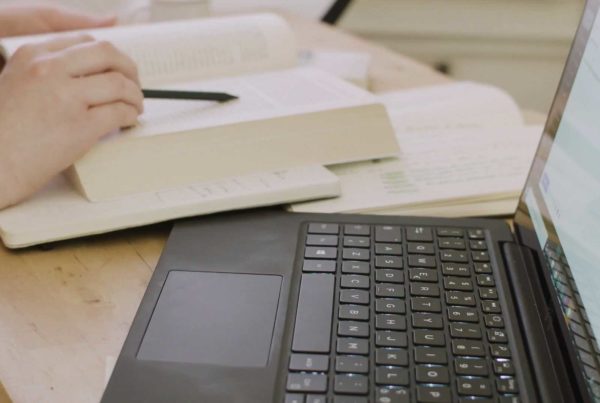Let’s get one thing out of the way: Business process patents are generally no good.
The main reason for this assertion is because allowance rates at the USPTO for business method-related patent applications is about half of any other technology patent applications. If you’re working with a patent professional on a business method patent application, be sure to ask them to do whatever they can to keep your application out of USPTO Technology Center Group 3690 and class 705 — and if your IP professional gives you a blank stare, you should find new counsel ASAP.
Additionally, even if you were able to get a business method patent allowed, there are several ways to challenge business method patents. There’s a good-sized body of case law related to business method patents, and the statistics for business method patent owners are not pretty.
Software Patents
That being said, software patents have been making a comeback in recent years.
A lot has changed since when I wrote my first software patent application in the late 1990s! Whereas the value of software patents was decimated because of certain case law in the 2010s, more recent court cases have better clarified how to write stronger software patent applications that can withstand challenges at the USPTO and in the courts.
There are a growing number of IP professionals who are very savvy around software patent applications and successful in getting them allowed. As the industry grows up it is becoming more knowledgeable about how to get these ideas through the patent office and come out with valuable assets on the other end.
The biggest challenge for a software entrepreneur is the disparity between the product development cycle of a tech company and the patent prosecution timeline. Whereas a particular software product or app can look completely different in a matter of months, weeks, or even days, a software patent application will take at least three to five years to wind its way through the patent office. That is, by the time a software patent application may become an issued patent, the original software will likely be completely obsolete.
Furthermore, there are significant differences in how software innovations are treated at various countries around the world. For example, here’s an in-depth article, comparing the software patent practices in Japan, Europe, and the US.
Bottom line
As both patent office guidelines and the body of case law become more clear, we’re all becoming better practitioners in terms of how we write and prosecute business method and software patent applications.
The biggest challenge for a company, though, is deciding whether the expense of a business method or software patent application makes sense for your specific business. You’ll need to weigh the expense and effort of patent prosecution, the IP expectations of your particular industry, the longevity of your product, the possible options for protecting your competitive advantage, etc. It’s not a decision to be taken lightly or in a vacuum, without considering the implications from business, legal, and product development perspectives.
Protecting your intellectual property starts with understanding what to protect. Ready to turn your intellectual property into your greatest asset? Click here to get started.





